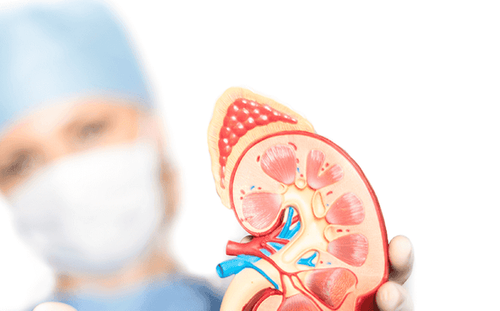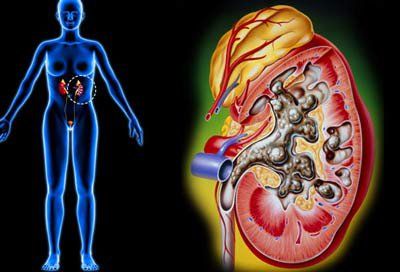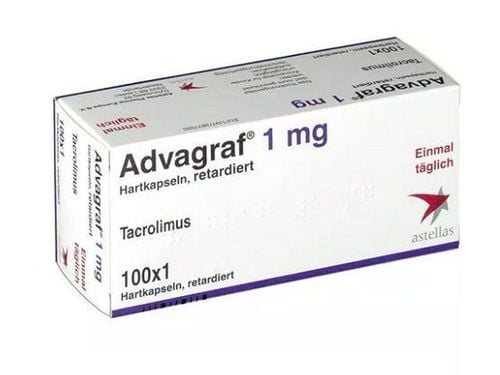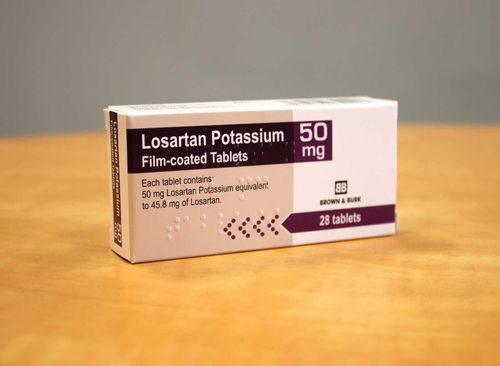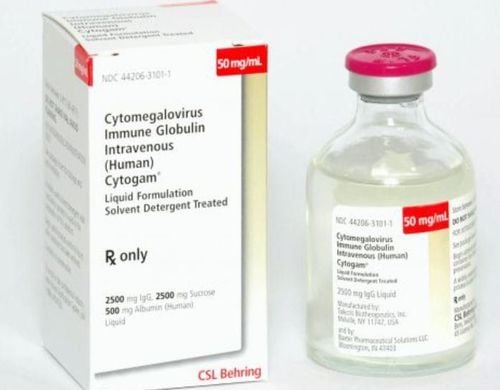This is an automatically translated article.
The article was professionally consulted by Specialist Doctor I Nguyen Hung - Endocrinologist - Department of Medical Examination & Internal Medicine - Vinmec Danang International HospitalPatients with end-stage chronic renal failure require renal replacement therapy to maintain life. The three current kidney replacement therapies are kidney transplantation, peritoneal dialysis, and hemodialysis.
1. Treatment methods for patients with end-stage chronic renal failure
Kidneys play an extremely important role in the body. Kidneys help filter waste, waste products of metabolism out of the blood, create urine, homeostasis, regulate blood pressure, stimulate hematopoiesis,... Chronic kidney failure is a state of impaired function. renal failure due to a decrease in the number and function of nephrons. Chronic kidney failure is divided into 5 stages. In which, stage 5 chronic renal failure (also known as end-stage chronic renal failure) is when the glomerular filtration rate is <15 ml/min/1.73 m2, at which point the patient's kidney function has almost completely lost. , to maintain life, the patient needs kidney replacement therapy. Treatment of end-stage renal failure currently includes 3 main methods: kidney transplantation, peritoneal dialysis, and hemodialysis. Each method has its own advantages and disadvantages, the choice of which method depends on the specific case of the patient.
2. Kidney transplant method
Kidney transplant is a method of transplanting a healthy kidney from a brain-dead kidney donor into a person with end-stage chronic renal failure to replace the weakened, dysfunctional kidney. The advantage of this method is that after a kidney transplant, the patient seems to have his own kidney, the quality of life is improved, and he can live and eat normally. Patients can go to work, travel for a long time, ... without having to be attached to the hospital as much as other methods.
However, the disadvantage of this method is that it is very difficult to implement. The donor kidney source is very small, to find a compatible kidney is extremely difficult. On the other hand, the cost of kidney transplant surgery is quite high. Unless the transplanted kidney is 100% compatible because it is taken from an identical twin, most cases after a kidney transplant must take anti-rejection drugs for life.
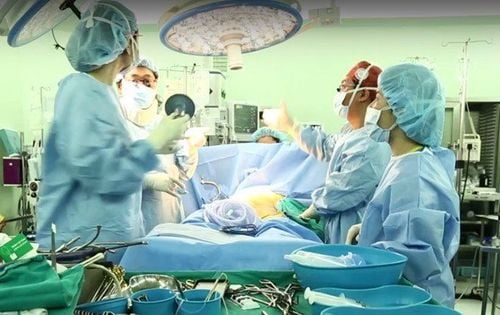
3. Peritoneal dialysis method
Based on the properties of the peritoneum as a semi-permeable membrane, the peritoneal dialysis method uses the patient's own peritoneum as a filter, the peritoneal cavity becomes the filtrate cavity and the blood cavity is the blood flowing in the vascular lumen of the membrane. belly. Substances with high concentrations in the blood such as potassium, urea, creatinine, etc. will diffuse from the blood cavity to the filtrate cavity due to the concentration difference. Excess water from the blood will move through the peritoneal cavity into the filtrate cavity due to the difference in osmotic pressure.Peritoneal dialysis includes the following methods:
Continuous outpatient peritoneal dialysis (CAPD): The patient changes the dialysis fluid at home, every 4 hours, the old dialysis fluid is drained out and 2 liters of new dialysis fluid are changed into the peritoneal cavity every 4 hours. through the catheter. During the peritoneal dialysis period, the patient is still active and walking normally. Automated peritoneal dialysis (ADP): A machine-assisted form of peritoneal dialysis. Conventional ADP is divided into: -Continuous peritoneal dialysis (CCPD): The device will exchange filtrate into the patient's body automatically 3-10 times at night. During the day, the patient will store a volume of dialysis fluid in the abdomen, which will be drained before the night cycle.
-Night interval peritoneal dialysis (NIPD): The patient does not retain dialysis fluid in the abdomen during the day, the number of nocturnal fluid exchange cycles is increased to maximize the removal of excess water, and metabolites that accumulate during the day. day.
The advantage of the peritoneal dialysis method is that it is simple, easy to perform, and the patient is not dependent on machines. Because it is done at home, it is convenient for patients to arrange work and study. Only need to go to the hospital once a month to receive the dialysis fluid. Peritoneal dialysis changes the concentration of solutes and body water gradually, so it is suitable for people with unstable hemodynamics. The patient's diet is not as restrictive as with hemodialysis.
To perform peritoneal dialysis, the patient will have surgery to place a catheter on the body, which will stay in place during the peritoneal dialysis. If proper technique and hygiene instructions are not followed, the catheter site can become infected causing peritonitis. Other possible complications are hyperglycemia, fluid leakage from the abdomen, restricted diaphragmatic activity,...
4. Method of hemodialysis
Hemodialysis is the most common renal replacement therapy for patients with end-stage renal failure, accounting for 70-80% of all patients. The principle of hemodialysis is to create a circulation outside the body, the blood is led to the filter of the machine to filter excess water and waste products in the metabolism, then the blood is returned to the body. .
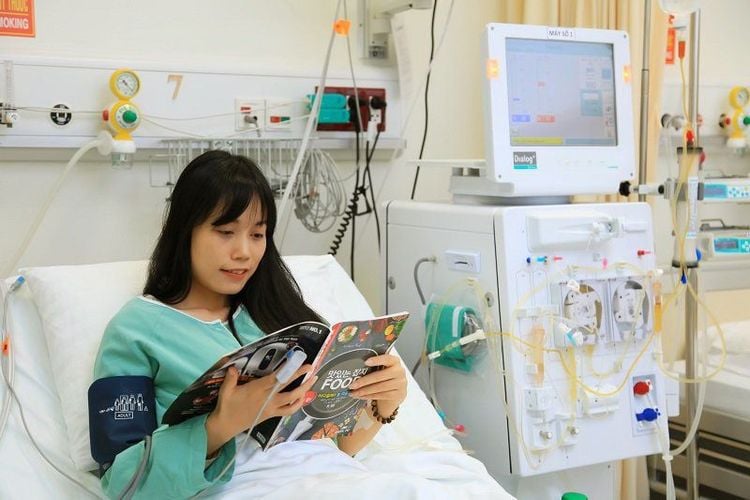
The advantage of this method is that the water and wastes in the blood are effectively filtered. Dialysis is performed at medical facilities, medical staff are trained to ensure aseptic conditions, limit the risk of infection, patients are closely monitored during dialysis. .
The disadvantage of hemodialysis is that the patient's life has to be attached to the hospital. The diet must be strictly controlled according to the instructions of the doctor, limiting salt to the maximum, not eating foods and fruits high in potassium, limiting water intake, especially on non-dialysis days. In addition, patients may experience some complications during dialysis such as: hypotension, headache, nausea, cramps, cardiovascular events,...
Treatments for chronic kidney failure The final stage only helps to correct the disorders caused by the decline in the excretory function of the kidneys, but does not replace the endocrine function. Therefore, along with dialysis methods, patients need to be treated for disorders caused by impaired endocrine function of the kidneys such as hypertension, anemia, calcitriol deficiency,...
Patients with chronic renal failure stage how long do you last? Along with the continuous development and improvement of treatment methods, the life of patients with end-stage renal failure is getting longer and longer. If the patient strictly adheres to the treatment, the patient can live for 20 years or more, the patient's quality of life is getting better and better.
Please dial HOTLINE for more information or register for an appointment HERE. Download MyVinmec app to make appointments faster and to manage your bookings easily.





